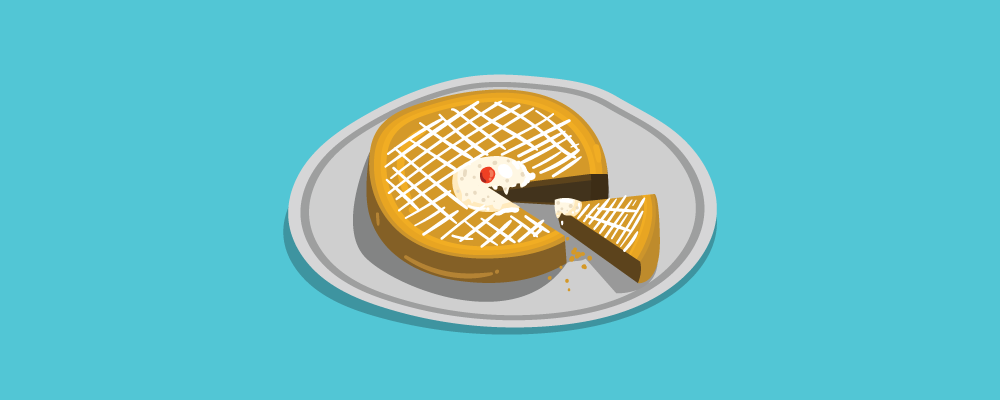
Design credits: Sheetal Patil
Making tax saving investments offers two compelling benefits. (1) It financially secures your future and (2) helps lower tax liability. If you are a salaried employee, your employer would have asked you to submit investments proofs around December-January. In case you did not submit proofs then, extra tax will be deducted from your salary before the end of the financial year on March 31st.
Though you cannot avoid that, you can get a TDS refund from the Income Tax Department when you file your return. The last date for filing a return is July 31st.
Additional Reading: How to Claim Your TDS Refund
You must have noticed that your employer will ask you to declare details of proposed investment for a given financial year at the very beginning. That is, in the month of April. This is done so that your company can factor in the exemptions and compute your tax liability for the next twelve months accordingly. As the next step, your employer will ask you to submit investment proofs in December-January so that they match those against your declaration and your employer can make adjustments to your salary, based on your actual investments.
Why January?
Post investment proof submission, if your tax liability if found to be higher, this will be deducted from your February-March salary. In some cases a month’s salary is not enough to recover extra taxes. That’s one reason why employers like to keep a buffer of two months.
However, if your declaration and investments match there will be no change to your take home salary. Likewise, if your investments are more than what you had declared, your take home salary will increase in those months. But keep in mind, new investments along with the declared ones together must fall within the tax-exempted limit.
When can you claim a TDS Refund?
You are eligible for a refund only if you have forgotten to submit your investment proofs; not if you have forgotten to make investments. But you can always make some investments before March 31st and get a TDS refund for that.
How to claim a TDS refund?
When you file your income tax return, make sure you fill the details of your investments in the form. There are different kinds of ITR forms. Most salaried employees are required to fill ITR-1 or SAHAJ form. Check out this link to find out how to choose the perfect income tax return form for you.
You will have to submit your ITR form to the Income Tax Department along with Form 16, issued by your employer. Form 16 is nothing but a record of annual salary that you have received from your employer and the TDS deducted on it during a given financial year.
If you have not submitted your investment proofs, these details will not appear in your Form 16. But don’t worry about that. The income tax department will match your Form 16 with your ITR form and reimburse extra money you have paid in taxes within a few months of filing your return. It can take up to 6 months to get your refund.
If the Income Tax department takes longer than usual to refund your money they sometimes top it up with an interest of 6% per annum on it. You might receive your refund through cheque, but beginning AY 2015-16 the department has started the practice of directly transferring the sum to your bank account.
Am I required to submit investment proofs when I file a return?
No, you do not have to submit investment proofs when you file a return. But it is advisable to keep a record of all your investment related documents for at least the next seven years, in case of an inquiry. Your company, on the other hand, asks for proofs because they have to deduct TDS in capacity of a third party.
Now that you know all about TDS refund you can make some extra investments before March 31st and get a refund on them. You can also explore a host of options available at BankBazaar and pick the one (or two) that best fit your needs.